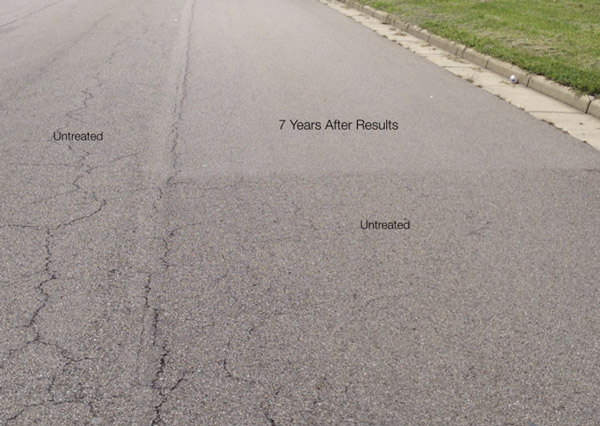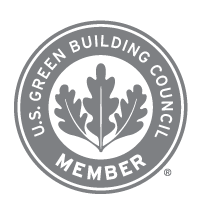Asphalt Road Maintenance Q & A
Category: Blog Articles By: David Helm
A community’s asphalt road network is a high-profile service item for everyone involved in running a public agency. In fact, roads are the most expensive asset an agency typically owns.
The work, money and effort put into completing paving and rehabilitation projects represent a meaningful accomplishment. All involved in creating these projects rightly take great pride in providing these services to their communities.
So why is asphalt road maintenance an item that never seems to have enough money available to provide the level of service we would like?
Lots of reasons; to name a few:
- Ever-rising construction costs
- Continual population growth
- The natural tendency to back burner anything that be put off for another year
Maybe you can add some reasons to the list?
So neglecting asphalt road maintenance is far too easy – but what can be done about it?
It is a fact that no matter how good we are as managers, it takes a certain amount of funding to get a job done. That’s why getting an accurate assessment of your current road conditions can be helpful. This can be done for a reasonable cost by technical consultants who specialize in pavement asset management. Understanding the extent of your road maintenance challenges will inform your decision about how much funding you need.
Keep in mind that a key component of any pavement management system is the preservation and maintenance of your completed projects.
At what point in a pavement’s life cycle should you apply road maintenance treatments?
Since roads are organic in nature, they begin to deteriorate as soon as they are installed. Preservation is what is done to prevent that deterioration.
Those pavement problems that cause your phone to ring started long before your residents have experienced their effects.
Even before asphalt arrives at your job site, the heat of manufacturing has begun to degrade the consistency of liquid asphalt. Once your road is installed, the natural asphalt components known as maltenes are further degraded from oxidation and weathering. Maltenes are what give asphalt its resilience; they are the glue that holds a road together.
One inexpensive preservation option is to seal the new paving project with Maltene Replacement Technology (MRT). Moisture is asphalt’s worst enemy. Building the preservation treatment into the cost of your original roads project is inexpensive and will improve asphalt durability.
Budgeting is where road department administrators do the heavy lifting; it takes a lot of time and effort. But often, communities are able get funding from outside sources to help cover costly major improvements. The pennies per square foot that it takes to add maltene preservation to your total project budget is truly negligible in this context; and adding five or more years to the service life of your roads represents a significant cost saving.
How does maltene replacement work?
The MRT process naturally returns to asphalt the same compounds that have been depleted during the heat of manufacturing and subsequent oxidation. When properly applied, a maltene-based rejuvenator deeply penetrates the roadway, restoring the asphalt’s maltene components, thereby extending roadway life.
Will existing pavements benefit from this technology?
Existing pavements can also benefit from maltene replacement technology. The best time to apply a maltene-based rejuvenator is inside a four-year window – i.e., before the pavement begins to show significant cracking or surface raveling.
MRT accomplishes two important tasks:
- First, it combines with the asphalt cement to create an in-depth seal that shields your asphalt roads from weather.
- Second, MRT restores the consistency of your asphalt.
If your community has recently passed tax increases for the purpose of road improvement – now is the time to begin managing this valuable community asset wisely.
The Proof is in the Pavement

How can we justify spending asphalt road maintenance on good roads, when we have so many other roads in need of repair? Wouldn’t it be better to wait until after we catch up?
Waiting to catch up will only slowdown the process of overall pavement improvement. Asphalt maintenance done early keeps good roads good for the least cost. Typically, maltene replacement maintenance costs less than 10 percent of the cost of resurfacing.
Wouldn’t it be nice to be able to promote to residents the fact that your road department is doing everything possible to protect their investment?







